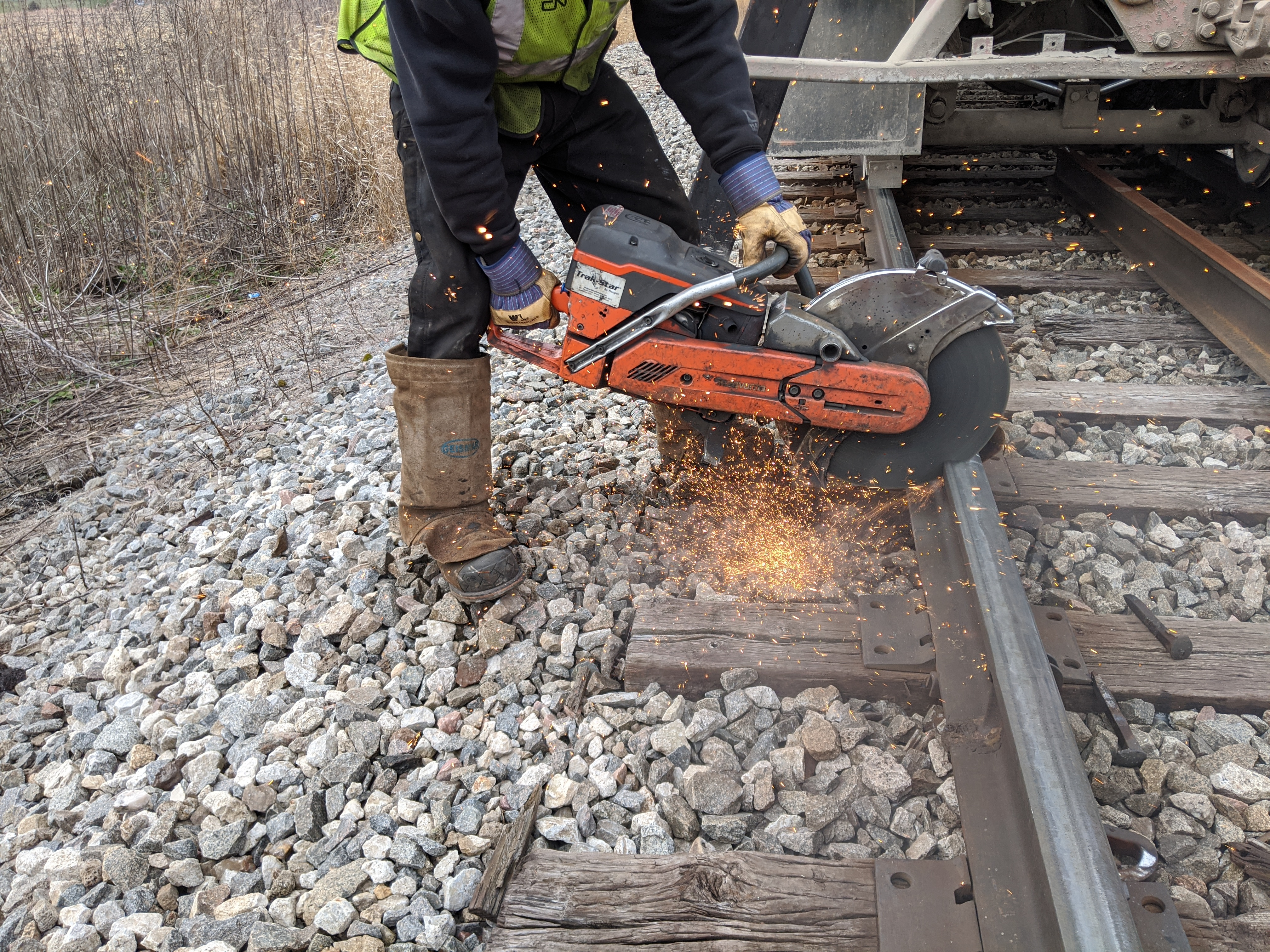Keeping the Trains on Track: Repairing Rail Infrastructure
Rail tracks serve as the vital arteries of transportation, facilitating the smooth movement of trains and connecting communities and industries. However, the relentless passage of time, heavy loads, and various environmental factors can take a toll on rail tracks, necessitating regular repairs and maintenance. Ever wondered how a rail track is repaired? In this article, we will delve into the reasons why rail tracks need repair and explore the step-by-step process of restoring them to their optimal condition.
Why Rail Tracks Need to be Repaired:

Rail tracks are subjected to immense stress and strain due to the weight of trains, fluctuations in temperature, and environmental factors. Over time, this can result in various issues that require repair, including:
- Wear and Tear: Continuous usage leads to gradual deterioration of the rail track components, such as the rails, sleepers, and ballast. This wear and tear can result in misalignment, cracks, and other structural issues.
- Fatigue and Corrosion:Constant cyclic loading and exposure to moisture can cause fatigue and corrosion in the rail tracks, compromising their structural integrity. This can lead to track failures and accidents if not addressed promptly.
- Weather Conditions:Extreme weather conditions, such as heavy rainfall, snow, and freezing temperatures, can exacerbate track damage. The expansion and contraction of the rails due to temperature variations can cause track distortion and misalignment.
Planning and Preparation:
Before initiating any repair work, a thorough assessment of the track condition is conducted. This involves inspecting the rail alignment, measuring track geometry, and identifying specific areas in need of repair. Based on the assessment, a detailed repair plan is developed, considering factors like the extent of damage, available resources, and the impact on train schedules.
Cutting Discs: Key Tools in Rail Track Repair:

Cutting discs, also known as grinding discs or abrasive wheels, play a vital role in rail track repair. These discs are specifically designed for cutting, grinding, and smoothing operations on metal surfaces. They are used to remove defects, such as rail head cracks, surface corrosion, and weld abnormalities, ensuring a smooth and safe track surface for train operations.
The specific model and dimensions of cutting discs used in rail track repair may vary depending on the project requirements. Manufacturers like Binic Abrasive offers a range of cutting discs designed for rail track maintenance. Commonly used cutting disc dimensions include 125 mm (5 inches) and 180 mm (7 inches) in diameter, with varying thicknesses based on the specific application.
Execution of Rail Track Repair:
- Track Isolation: Before repair work commences, the affected section of the rail track is isolated to ensure the safety of the workers and prevent interference with train operations.
- Removal of Defective Rail Sections: Cutting discs are employed to remove the damaged sections of the rail. These discs are attached to specialized cutting machines, which are guided along the rail track, carefully removing the identified defects.
- Grinding and Smoothing: After removing the defective sections, the rail surface is ground and smoothed using cutting discs. This process helps eliminate any irregularities, ensuring a consistent and level surface for smooth train operation.
- Welding and Replacement: In cases where rail breaks or joint defects are identified, welding techniques are employed to repair or replace the affected sections. Cutting discs are instrumental in preparing the surfaces for welding, ensuring proper adhesion and joint strength.
- Finishing Touches: Once the repair work is completed, the repaired section of the rail track is thoroughly inspected to ensure the quality of the repair. Any remaining rough edges or irregularities are smoothened using cutting discs to provide a seamless transition between the repaired and existing rail sections.
Quality Assurance and Post-Repair Inspection:
After the repair work is finished, comprehensive quality assurance checks and post-repair inspections are conducted to verify the effectiveness of the repair and ensure the track’s safety. This includes ultrasonic testing, track geometry measurement, and thorough visual inspections.
Conclusion:
Maintaining a well-functioning rail infrastructure is essential for safe and efficient transportation. Rail track repair plays a crucial role in ensuring the longevity and safety of rail tracks. The use of cutting discs, with their specific models and dimensions, allows for the precise removal of defects, grinding, and smoothing of the track surface. By following a meticulous repair process and employing the right tools, railway authorities can uphold the reliability and safety of rail transport systems, enabling seamless movement of goods and passengers for years to come.

